Top 10 Must See Places In Dordogne, France
The beautiful valley of the Dordogne river is home to some of France's most historic châteaux, many of which rose to prominence in the Hundred Years' War with England. But the Dordogne's history goes back much further - 17,000 years, in fact - in the form of the stunning Lascaux cave paintings.
Beyond castles and cave paintings, the area boasts clifftop mediaeval villages, breathtaking wooded countryside, and of course, mouth-watering cuisine including foie gras, Rocamadour cheese, black truffles, and walnut pie.
But where to begin when planning a trip to this incredible department? Here's our pick of the top 10 things to do in the Dordogne, France.
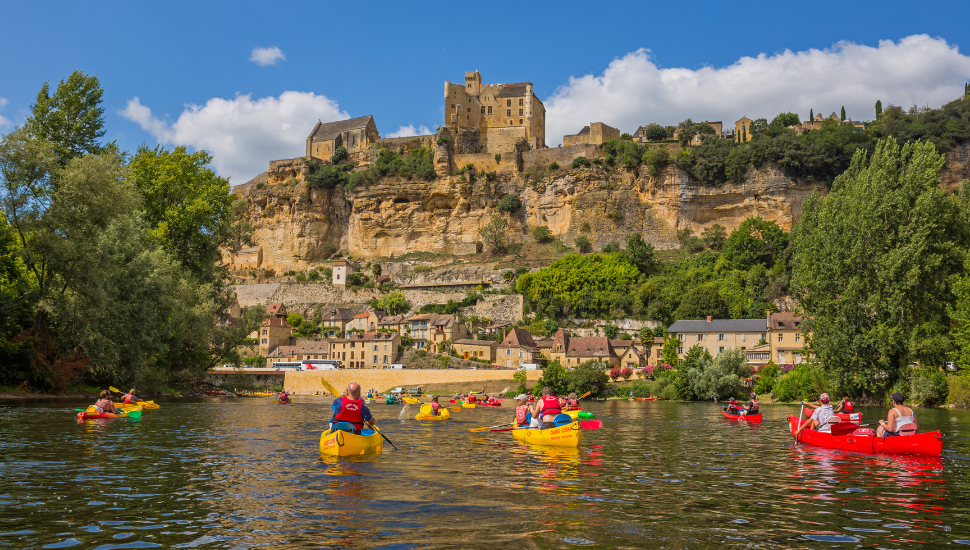
Canoe down the Dordogne
One of the most relaxing ways to explore the Dordogne valley is by canoe. Rental shops are dotted along the river, and many will even pick you up at a pre-arranged point later on, returning you to where you started.
Given the sheer number of pretty villages located along the Dordogne, you'll probably want to stop off frequently. Thankfully, there's always somewhere convenient to store one's canoe.
Prices vary depending on the canoe type/size and duration of hire, but usually range from 25-40 euros per canoe.
Most rental companies also allow dogs on board, usually for a small extra fee.
If you're reasonably fit and don't mind going slow, canoeing is one of the best things to do in the Dordogne.

Visit Beynac
Among stiff competition, Beynac ranks among the prettiest of the Dordogne's mediaeval villages, one whose cobblestoned streets are towered over by a beautifully preserved castle.
In common with such villages across France, there isn't much to 'do' here - except simply marvel at the prettiness of it all.
One highlight is the stone roofs found on Beynac's older buildings. Many of these are more than 200 years old. Farmers used to find suitably-shaped limestone rocks ("lauzes" in French) and build them in steep pitches, to help distribute the considerable weight downwards.
Today, this peasant's roof can only be afforded by the very wealthy.
But Beynac's star attraction is its clifftop château (Château de Beynac), which soars 500 feet above the Dordogne.
Once you've got over the breathtaking view across the valley, it's time to explore the castle, which was state-of-the-art in the 13th and 14th centuries. During this period the castle changed hands many times, as the English and French fought the Hundred Years' War (1337–1453).
Nearby you'll find a dramatic series of river-carved terraces called the La Roque St. Christophe. These were used for many centuries as dwellings - but also as a place to hide from river-borne Viking raiders.
It's little wonder Beynac is one of the most popular places to visit in the Dordogne, France.
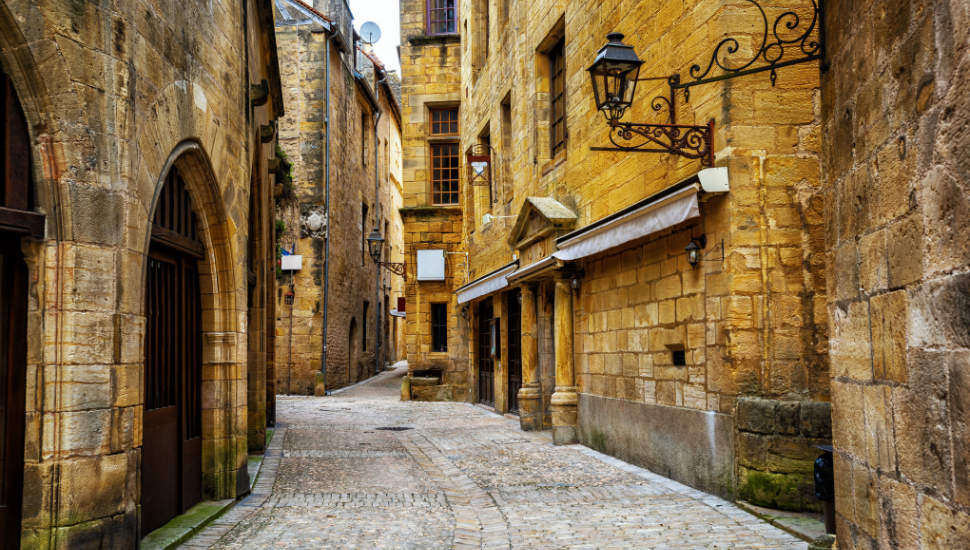
Explore Sarlat
Many visitors base themselves in charming Sarlat, which affords easy access to the Dordogne's most popular locations. But the town is a destination in its own right, with many pretty stone buildings, paid for by the King of France in thanks for the town's continued resistance against the English during the Hundred Years' War.
While the town is far from the most charming in the region, it boasts an inviting tangle of cobblestoned alleys, plenty of shops, and a vast Saturday market where you can find all sorts of seasonal produce.
The most famous comestible is geese foie gras - a delicacy that is loved by many for its intense taste, and hated by others due to the 'force-fed' production method.
Other, less controversial produce from Dordogne include walnuts and truffles.
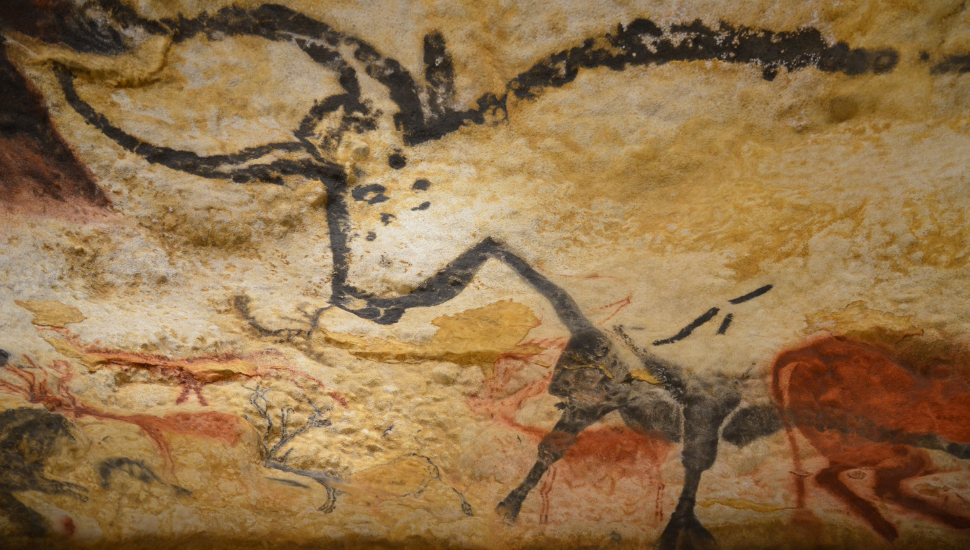
See the cave paintings of Lascaux
In 1940 a group of children and their dog stumbled across the cave paintings of Lascaux - a series of detailed artworks committed to stone by the Magdalenian people more than 17,000 years ago.
The original cave was initially opened to the public, but it soon became clear that changes in humidity caused by the visitors were damaging the paintings. With this in mind, authorities recreated the art in a nearby empty cave - known as Lascaux II.
The scenes depict horses, bulls and deer - all of which were sacred to the Magdalenians.
For more on the cave's history, head to the nearby National Museum of Prehistory.
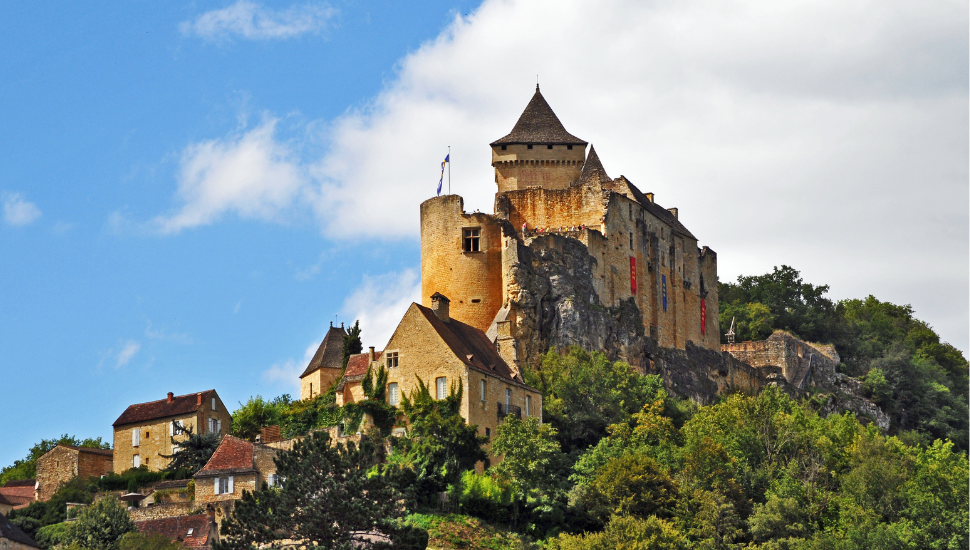
Stroll the Gardens of Marqueyssac & Château de Castelnaud
These beautifully manicured gardens afford stunning views over the Dordogne Valley and feature more than 150,000 hand-pruned boxwood trees.
Here you'll stumble across a plethora of rockeries, stone cabins and viewpoints.
Given the vastness and beauty of the gardens, the entry price of 10.90 euros (5.50 for children) seems more than fair.
The nearby Château de Castelnaud is also a rewarding visit, with its well-preserved architecture and superb views over the Dordogne River.
This famous château was involved in the Hundred Years' tug-of-war between England and France, and is now home to the Medieval War Museum, where you can see all manner of swords, daggers, artillery pieces, and siege weapons.
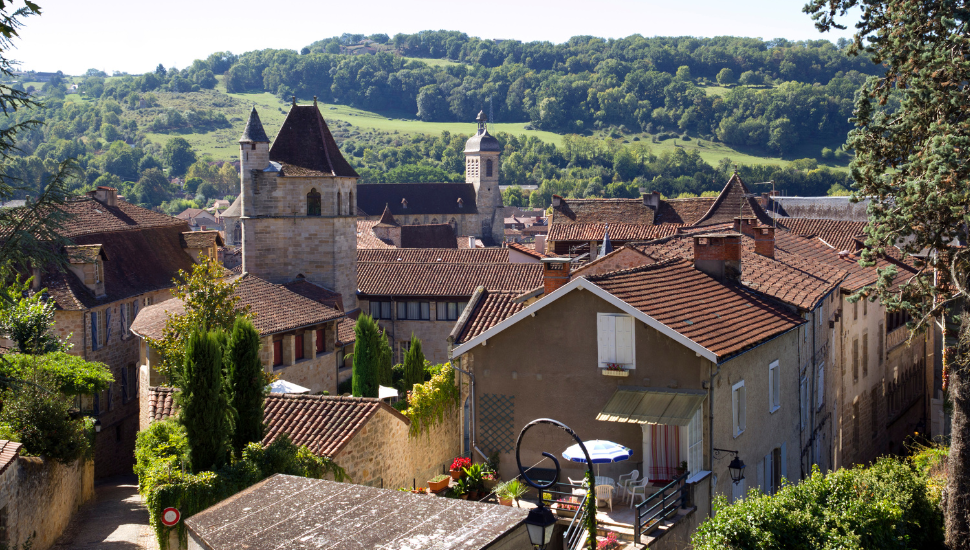
Visit Figeac
Figeac is a delightful mediaeval town that is connected to the famous Camino de Santiago pilgrimage route, as well as France's modern-day network of long-distance footpaths, called the GR 65.
Highlights include the pedestrianised Old Town, and the mediaeval church, whose grounds offer superb views across the idyllic French countryside.
Figeac is technically in a neighbouring department, but is within easy reach for anyone in the Dordogne region.
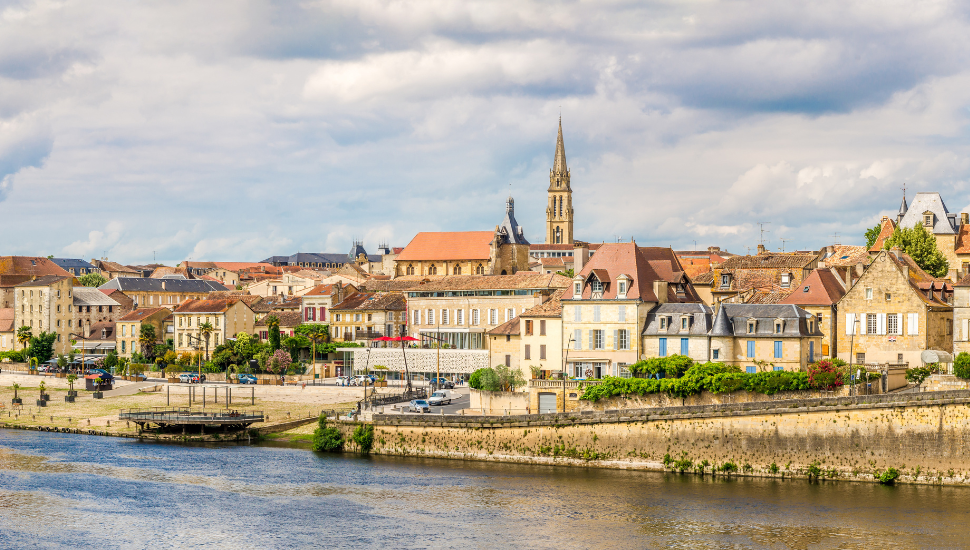
Inspect Bergerac
Charming, mediaeval Bergerac was designated a Town of Art and History by France's Ministry of Culture in 2013. The winding, cobbled lanes of its Old Town attract many French families looking for the perfect 'grande vacances'.
Brits, too, are increasingly eager to sample the history and food of this unique destination, with its delightful half-timbered houses that give a sense of having travelled back in time.
Colourful flower beds border pretty squares such as Place de la Mirpe and Place du Docteur Cayla - where you can sample the superb local wine or devour a walnut gateau.
The famous large-nosed dramatist Cyrano de Bergerac is the subject of several beautiful statues in the town. However, despite it being one of the best places to visit in Dordogne, the much-loved scribe never even visited - he added the 'de Bergerac' suffix simply to impress people!

Visit Josephine Baker Castle / Château des Milandes
This impossibly cute château was built in around 1489 by Lord François de Caumont to please his wife, who did not like their austere official residence, Château de Castelnaud (see above).
Many centuries later after World War Two, the famous French-American dancer, Josephine Baker - who charmed audiences in Paris' Folies Bergère - fell in love with Château des Milandes and filled it with her many adopted children.
Sadly, piling debt prompted her to give up her lavish home, but it will forever be known as Josephine Baker Castle, as well as Château des Milandes.
Today it's one of the top Dordogne tourist attractions, and is well worth a visit.

Château de Commarque
The dramatic ruins of Château de Commarque are perched on a hillside in the valley of the river La Beune, near Sarlat.
Established in the 12th century, it was built to protect the nearby abbey from the ambitions of the Beynac family.
After arriving at the site's car park, it's a 10-minute walk along a tree-lined avenue before you see the majestic castle looming into view.
Grotte de Rouffignac
The vast, 8km network of passageways features more than 250 cave paintings, mostly on the subject of 'mammoths'. The artists used the shape of the rocks to create three-dimensional representations of the hairy beasts, which seems pretty sophisticated for 13,000 years ago!
The caves are 20 minutes from the town of Le Bugue, and can only be reached by a small electric train - since they are so deep.
Get a Quote